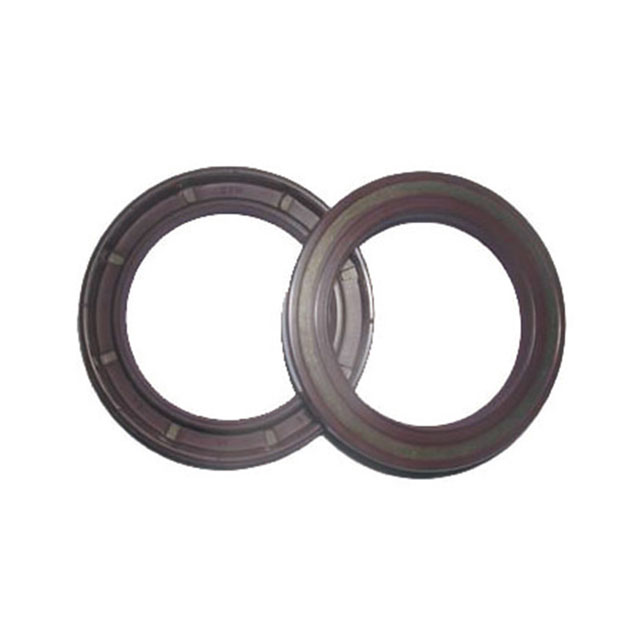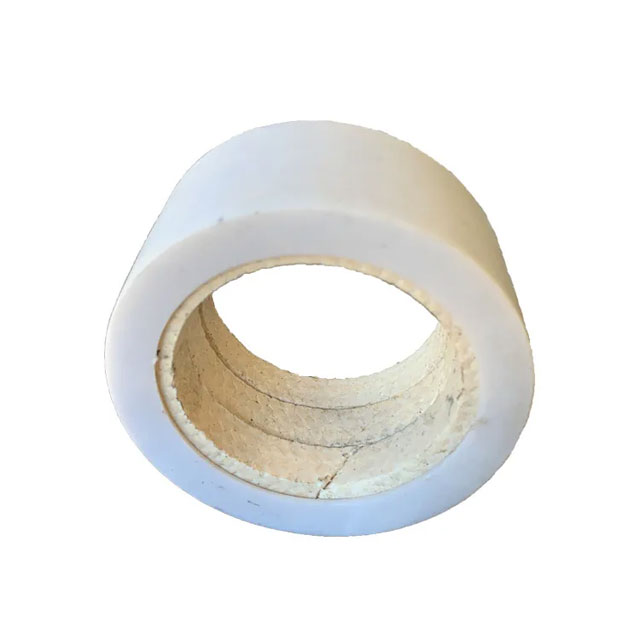WeChat: 86-13735815206 / 86-17392256505
Phone: 86-29-88680837
Mail: sales@hlsolidscontrol.com
Add: Room 804, Building 1, Western Cloud Valley Phase II, Fengxi New Town, Xixian New District, Shaanxi Province
What is the difference between an access mat and a rig mat?
In the realm of industrial operations, especially in sectors like construction, oil and gas, and utilities, specialized mats play a crucial role in providing stable ground support for heavy machinery and equipment. Access mats and rig mats are two common types of mats used in these industries. While they serve similar purposes, they have distinct differences in terms of construction, application, and functionality. This article explores the disparities between access mats and rig mats, shedding light on their unique characteristics and applications.
1. Construction and Material
Access Mats: Access mats, also known as temporary road mats or portable roads, are typically constructed from hardwood, composite materials, or heavy-duty plastic. They are designed with a focus on durability and weight distribution. Access mats feature a rugged surface texture to provide traction for vehicles and equipment, ensuring safe movement over various terrains.
Rig Mats: Rig mats, also referred to as drilling mats, are heavy-duty platforms made from materials such as wood, steel, or composite materials. Rig mats are specifically engineered to withstand the extreme weight and pressure exerted by heavy machinery used in drilling and exploration operations. They often have a more robust build compared to access mats due to the intensive nature of the work they support.
2. Purpose and Application
Access Mats: Access mats are primarily used to create temporary roads or pathways over soft, unstable, or environmentally sensitive terrain. They are employed in construction projects, outdoor events, and utility installations where temporary ground support is required. Access mats ensure that heavy equipment can traverse landscapes without causing damage to the ground.
Rig Mats: Rig mats are specifically designed to provide a stable foundation for heavy drilling rigs, cranes, and other equipment used in oil and gas exploration, pipeline construction, and mining operations. Rig mats offer the necessary stability and load-bearing capacity to support the massive weight of drilling rigs and prevent them from sinking into soft or uneven ground.
3. Load-Bearing Capacity
Access Mats: Access mats are engineered to support the weight of vehicles, construction equipment, and pedestrian traffic. While they are sturdy, their load-bearing capacity is generally lower compared to rig mats, making them suitable for lighter applications.
Rig Mats: Rig mats are constructed to withstand immense loads, making them ideal for supporting the weight of heavy drilling equipment and machinery. They are engineered to distribute weight evenly and prevent the equipment from sinking into the ground, ensuring the safety of workers and the integrity of the operation.
Conclusion
In summary, access mats and rig mat serve distinct purposes in industrial applications. Access mats provide temporary ground support for a variety of activities, including construction and events, whereas rig mats are specialized platforms designed to handle the extreme weight and pressure associated with drilling and exploration operations. Understanding the differences between these mats is essential for selecting the appropriate solution based on the specific requirements of each project, ensuring efficiency, safety, and the longevity of equipment and machinery.



